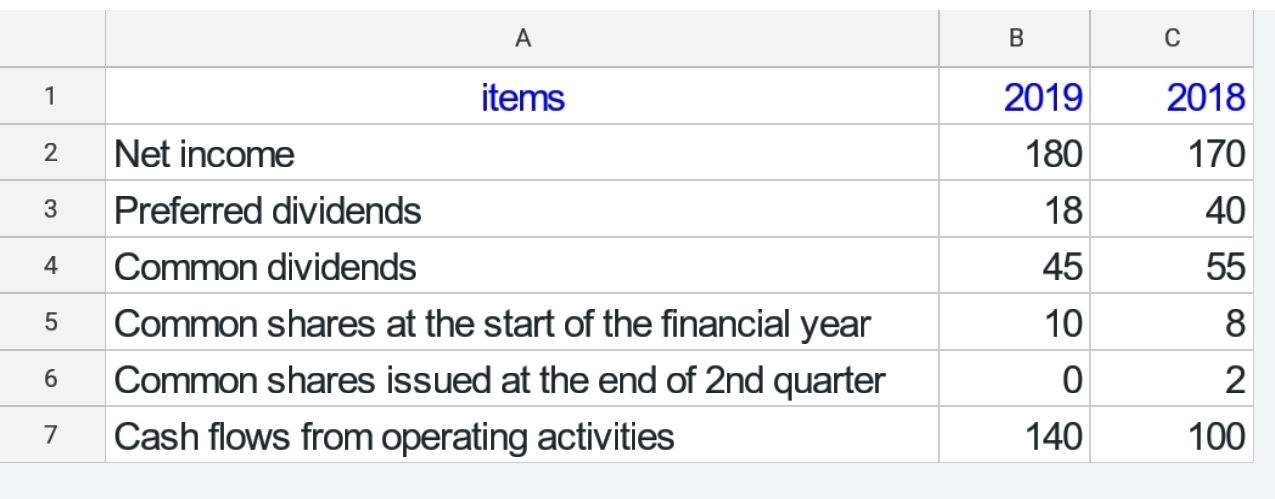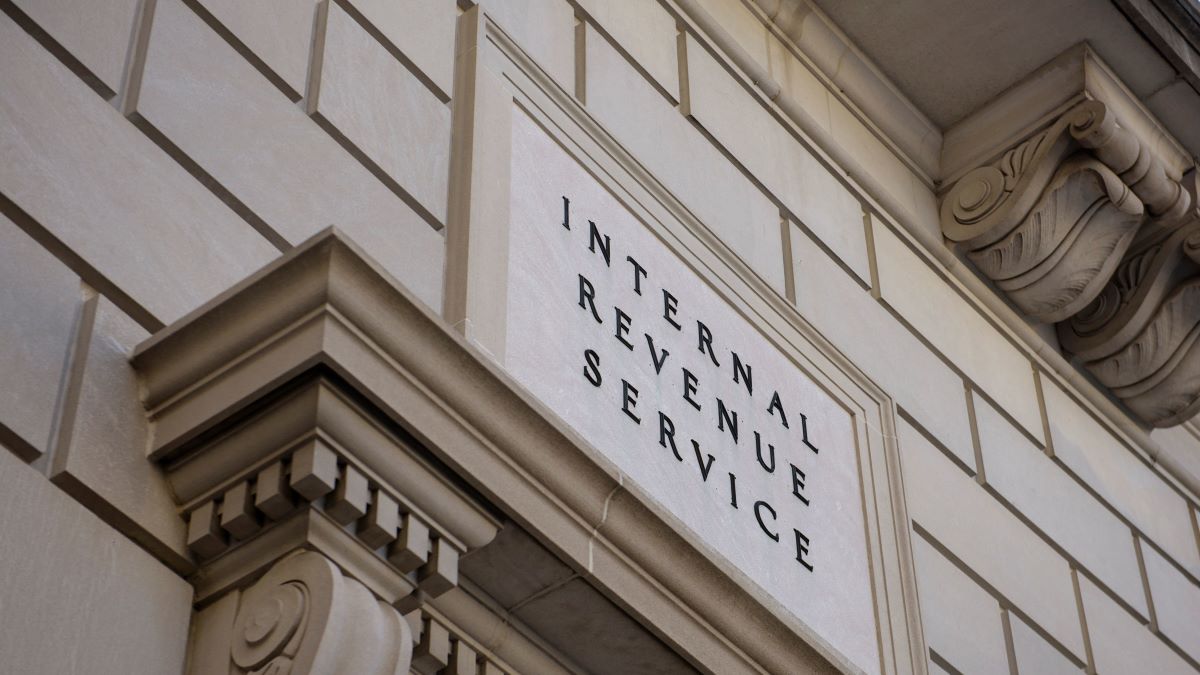

Finance
Continuation Statement Definition
Published: November 2, 2023
Learn what a continuation statement is and how it relates to finance. Understand its importance in securing financial transactions.
(Many of the links in this article redirect to a specific reviewed product. Your purchase of these products through affiliate links helps to generate commission for LiveWell, at no extra cost. Learn more)
Understanding Continuation Statement in Finance
When it comes to managing your finances, staying informed about the various terms and concepts is crucial. One such term that often comes up in the world of finance is the continuation statement. In this blog post, we will explore the definition of a continuation statement and explain its role in financial transactions.
Key Takeaways:
- A continuation statement is a legal document that extends the validity of a previously filed financial statement.
- It ensures that parties with an interest in the assets listed in the original statement have their rights protected for an extended period.
Before we delve into the details, let’s address the burning question on everyone’s mind: What is a continuation statement? In simple terms, a continuation statement is a legal document that extends the validity of a previously filed financial statement. It is commonly used in financial transactions where there is an ongoing interest in secured assets.
Typically, a continuation statement is filed under the Uniform Commercial Code (UCC) framework, which governs commercial transactions in the United States. It is important to note that the UCC is a set of laws that varies from state to state, so the specific rules regarding continuation statements may differ depending on your location.
Now that we have a basic understanding of what a continuation statement is, let’s take a closer look at its purpose and significance in financial transactions.
Why are Continuation Statements Important?
The primary purpose of a continuation statement is to ensure that parties with an interest in the assets listed in the original financial statement have their rights protected for an extended period. By filing a continuation statement, these parties can extend their priority status, maintaining their rights over the assets for an agreed-upon period.
Here are two key takeaways to remember about continuation statements:
- Asset Protection: Continuation statements play a vital role in protecting the interests of secured parties, such as lenders or creditors, by preserving their rights over assets listed in the original financial statement. Without a continuation statement, these parties may lose their priority status, potentially jeopardizing their ability to recoup their investment.
- Extended Validity: Continuation statements allow for the extension of the original financial statement’s validity. Depending on the jurisdiction, this extension period can range from five to ten years. By filing a continuation statement within the specified timeframe, parties can ensure the continuation of their priority status over the secured assets.
So, the next time you come across the term “continuation statement” in the realm of finance, you can have a better understanding of its significance and purpose. By filing a continuation statement, parties can protect their interests and maintain their rights over the assets listed in the original financial statement, ensuring a smooth continuation of financial transactions.














